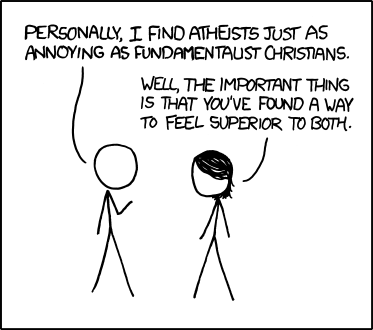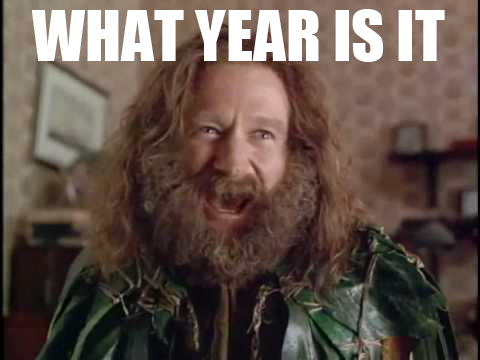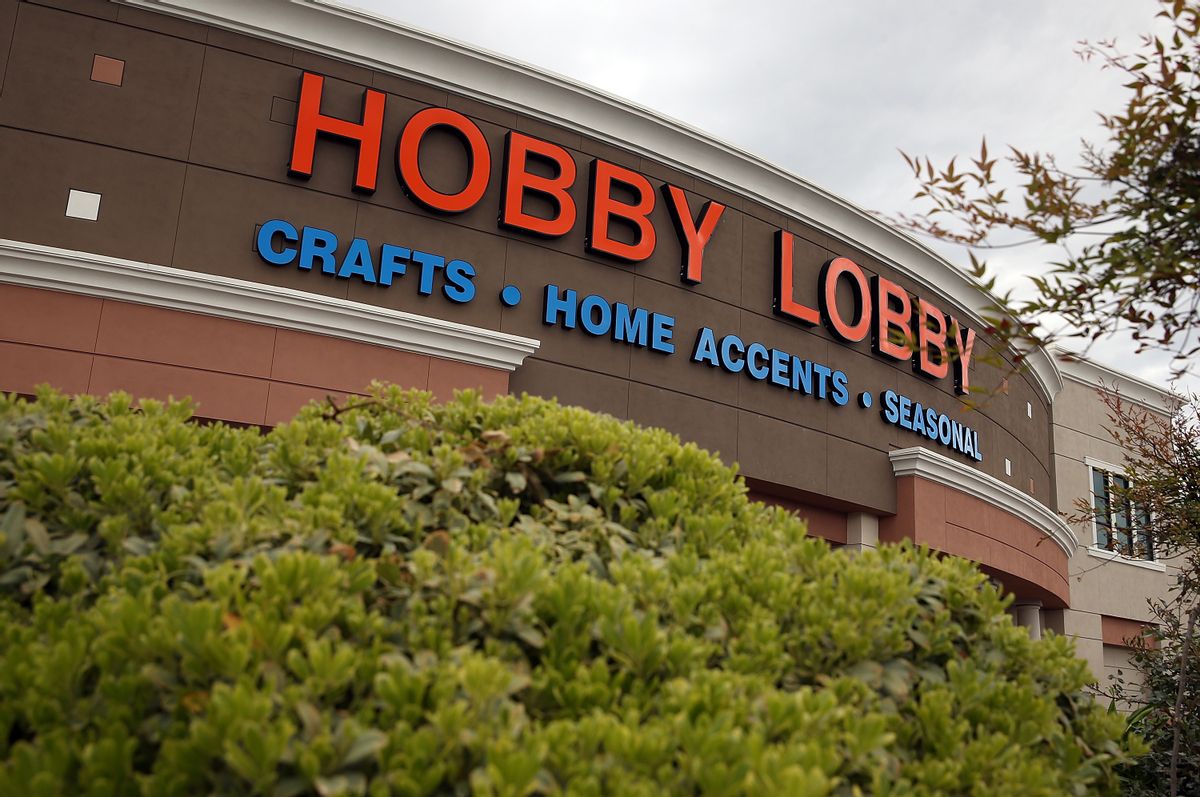Ok, now that that's out of my system, carry on.
I feel like this could be expanded to some kind of investigative study.
"Small" associative groups of people are more likely to be caring, outgoing, helpful, generous, welcoming, charitable, etc. to people not in their group. That "small town" mentality.
"Large" associative groups of people are more likely to be exclusionary, dismissive, hostile, and suspicious towards people not in their group. The stereotypical indifference displayed by people in The Big City, for instance.
Now I KNOW that tons of studies have already been done regarding things like The Monkeysphere/Dunbar's Number, the Oreo/marshmallow test, in-group v. out-group, unconscious bias, the Trolley Problem, the Prisoners' Dilemma, "underdog" behavior, and so on that (seek to) show the ways people behave when deciding how to behave around (and towards) other people, and it's no secret that, as the population of a group grows, their charity and acceptance of other "not-us" groups tends to proportionally wane.
But what _I_ want to know is how does this work when the group in question has formally codified generosity/charity/etc into their founding ethos? What happens to the members of a political party, a religion, an organization, a corporation, a governing body, or any other group which could be represented by a circle on a Venn diagram as its population grows? What happens when the growing innate desire to shun outsiders starts to grind up against their conspicuously documented contractual obligation to be nice? How does this conflict get reconciled?
I want to see an exploration of why devout religious people thought indulgences and the Crusades did not conflict with established tenets, why democratically elected leaders turned around and sought to suppress certain voters, and why people seem to think that 300% turnover at a chain fast food restaurant that is supposed to be some model of efficiency is "normal."
[tl;dr:] But
most of all, I want someone to prove my postulate wrong that,
100% of the time, all this "Man's inhumanity to Man" shit happens because some high-ranking individual (or cabal of individuals) seeks to game (or tweak) an existing system in order to consolidate wealth/power/influence for themselves. So am I promoting conspiracy theory? Not exactly. What I'm
really asking is
at what point/size does an associative group begin to either attract (or else spontaneously generate) members who work to steer the direction/actions of that group in order to achieve/enact their own personal goals EVEN WHEN those goals are demonstrably harmful/destructive to other members of the group?
--Patrick

 www.nbcnews.com
Another random senseless deletion. And what I said still stands. "Mysterious ways," my ass. This is not the action of a "loving" god. I don't feel like praising Him. I feel like grabbing Him by the lapels and screaming WHY!?
www.nbcnews.com
Another random senseless deletion. And what I said still stands. "Mysterious ways," my ass. This is not the action of a "loving" god. I don't feel like praising Him. I feel like grabbing Him by the lapels and screaming WHY!?






